The road ahead - 10 storylines to follow in the men's WorldTour in 2023
Pogačar versus Vingegaard, Bernal's return and Evenepoel's year in the rainbow jersey
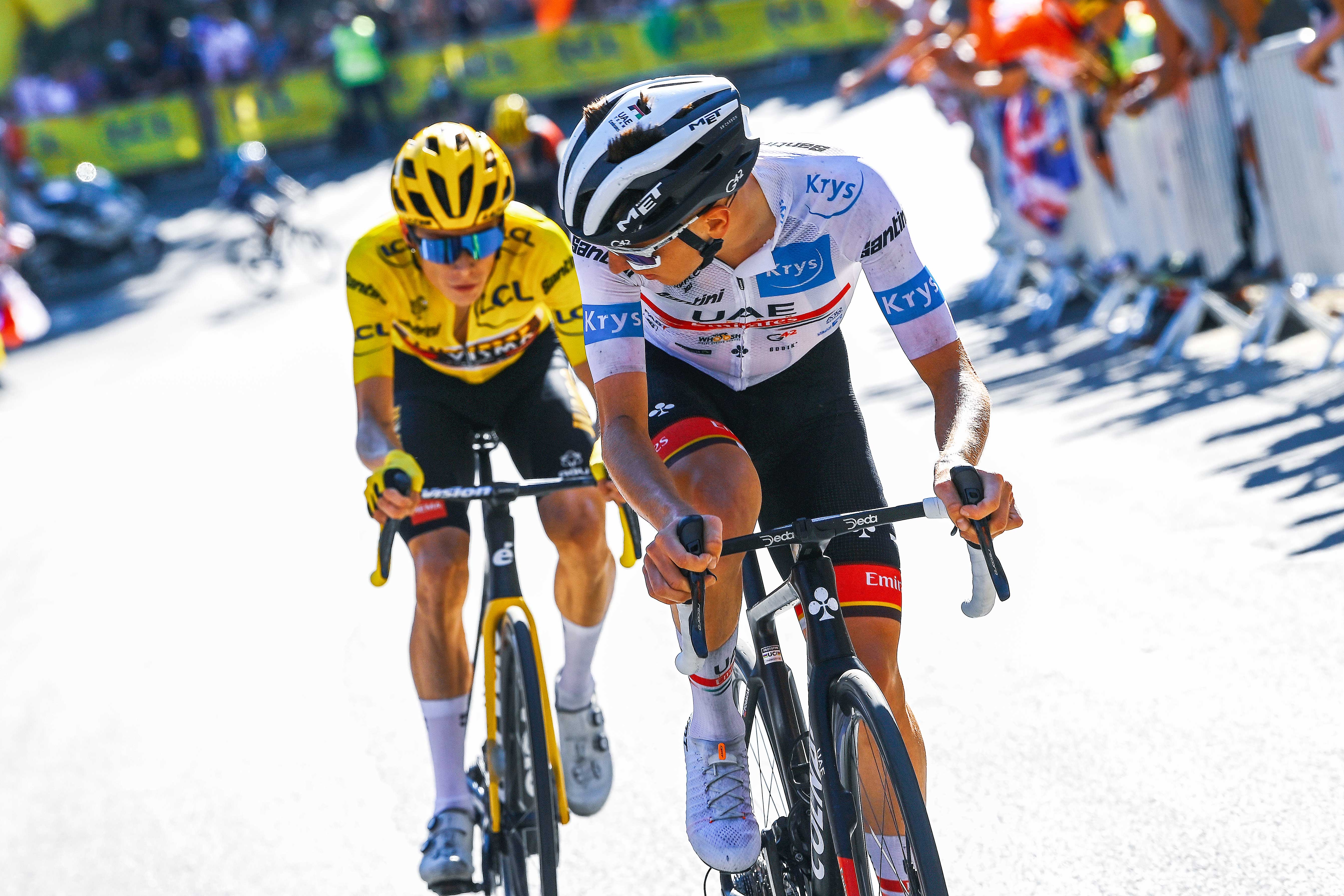
The calendar has flipped into 2023 and the new men’s WorldTour season is just days away, with the campaign getting underway at the Tour Down Under on January 17. Not all rosters are yet complete – Mark Cavendish’s destination is still to be confirmed – but some of the likely themes of the new season are already apparent.
In preparation for the 2023 season, Cyclingnews looks at some of the key storylines to follow in the men’s WorldTour.
Pogačar looks to reclaim the crown from Vinegegaard
Tadej Pogačar (UAE Team Emirates) enjoyed another season of almost casual dominance in 2022, as he racked up 16 wins across all terrains, including a victory for the ages at Strade Bianche in March and the third Monument of his young career at Il Lombardia. For the first time, however, Pogačar met his match at the Tour de France, where Jonas Vingegaard (Jumbo-Visma) overpowered him on the Col du Granon and Hautacam to divest him of the title.
As ever, Pogačar ought to shine across the calendar in 2023, but regaining his Tour de France crown will be the obvious centrepiece of his campaign. Before Vingegaard’s victory last July, for instance, there had been whispers that Pogačar would make his Giro d’Italia debut in 2023, but any such thoughts were banished once the Slovenian surrendered the yellow jersey.
Pogačar’s 2023 campaign will be all about winning it back, but Vingegaard will not be an easy out. The Dane had already matched Pogačar blow for blow through the second half of the 2021 Tour before getting the better of him last July, and his Jumbo-Visma team’s strength in depth is startling. UAE Team Emirates have brought in some reinforcements for 2023 with the arrival of Adam Yates, but ultimately, Pogačar will have to win the head-to-head battle against Vingegaard. Expect a race of attrition on a Tour route that visits five different mountain ranges, starting with the Pyrenees in the opening week.
Round two for Evenepoel and Roglič at the Giro d’Italia
Vingegaard is not the only threat to Pogačar’s pre-eminence in the contemporary peloton. Remco Evenepoel (Soudal-QuickStep), after all, won the Vélo d’Or after a remarkable 2022 season that saw him win the Vuelta a España, the Road World Championships and Liège-Bastogne-Liège, though the Belgian has postponed his Tour debut for another season, preferring to bring his rainbow jersey to the Giro d’Italia.
The near 70km of time trialling on the route was enough to persuade Evenepoel, but although he will be the favourite to carry the maglia rosa to Rome, he will not lack for competition, with the Giro set to attract arguably its deepest field since Chris Froome, Tom Dumoulin, Simon Yates and Thibaut Pinot jousted for the spoils in 2018.
Get The Leadout Newsletter
The latest race content, interviews, features, reviews and expert buying guides, direct to your inbox!
The most obvious challenger is Primož Roglič (Jumbo-Visma), the man who pushed Evenepoel closest at the Vuelta until his race was ended by a crash. With Vingegaard installed as Jumbo-Visma’s leader at the Tour, Roglič has been persuaded to return to the Giro, where he placed third overall in 2019. The time trial-heavy route will be to his liking, while he can expect ample local support when the race scales Monte Lussari on the Italo-Slovenian border on the final weekend.
Indeed, an Evenepoel-Roglič duel seems the most likely scenario, though Geraint Thomas (Ineos Grenadiers), Aleksandr Vlasov (Bora-Hansgrohe), Thibaut Pinot (Groupama-FDJ), and João Almeida (UAE Team Emirates) have also confirmed their participation in what could prove to be the race of the season.
Evenepoel being Evenepoel, of course, he will be making news across the calendar, starting with his debut at the Vuelta a San Juan. Of particular interest in the early season, will be his potential head-to-head with Pogačar at the UAE Tour, while he has signalled his intention to defend his world title in Glasgow in August.
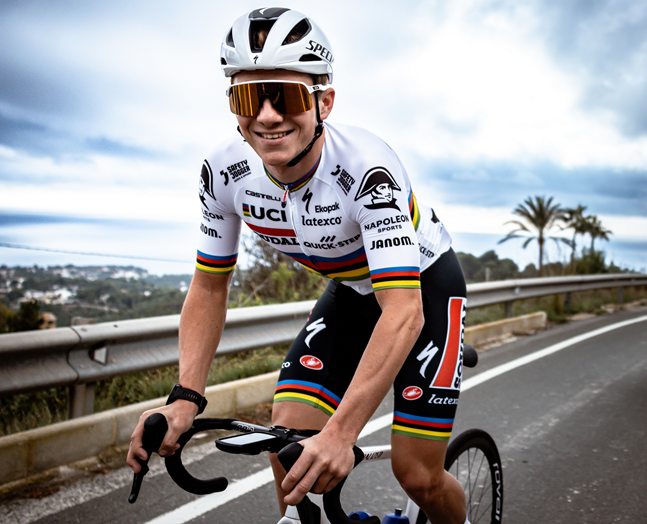
Van Aert and Van der Poel resume their never-ending duel
Together with Tom Pidcock (Ineos Grandiers), Wout van Aert (Jumbo-Visma) and Mathieu van der Poel (Alpecin-Deceuninck) have illuminated the cyclocross circuit over the Christmas period – a foretaste, perhaps, of what is to come on the cobbles in March and April. Before that, of course, Van Aert and Van der Poel have the minor matter of disputing a cyclocross world title in Hoogerheide next month. But it is their potential duel on the cobbles that most whets the appetite, not least because circumstances limited their head-to-head contests in 2022.
Van der Poel was absent for Van Aert’s Omloop Het Nieuwsblad and E3 Harelbeke wins as he nursed a nagging back injury. Van Aert, meanwhile, wasn’t around for Van der Poel’s second Tour of Flanders victory after he contracted COVID-19 in the build-up to the race. They both later raced a breathless edition of Paris-Roubaix, though it was hard to shake off the sense that neither man was on top of his game that afternoon.
By the Tour de France, meanwhile, Van der Poel was struggling for form, while a skirmish at the World Championships never materialised either, with the Dutchman abandoning early after his arrest on (subsequently quashed) assault charges the previous night.
The never-ending Van der Poel versus Van Aert contest has already resumed in recent weeks, and it should colour much of the Spring to boot. Jumbo-Visma have added Dylan van Baarle to a redoubtable squad that already includes Christophe Laporte, yet Van der Poel’s Alpecin-Deceuninck team – now in the WorldTour – continues to punch above its weight.
Van Aert and Van der Poel won’t have it all their own way, of course. Pidcock will hope to be in the mix at the head of a young and promising Ineos Classics team, Pogacar has also pencilled in a return to the Tour of Flanders, while Soudal-QuickStep will surely improve on last year’s troubled Flemish campaign. Biniam Girmay (Intermarché-Wanty-Gobert), such an assured winner of Gent-Wevelgem last year, is also set to ride a full Classics campaign for the first time, and he won’t be daunted by the Ronde, while Hour Record holder Filippo Ganna (Ineos) is targeting Paris-Roubaix.
Egan Bernal’s long road back
When the news first broke a little under a year ago, it wasn’t clear if Egan Bernal would ever ride a bike again. The Colombian’s horrific training crash on January 24 left him with fractured vertebrae, a fractured right femur, a fractured right patella, chest trauma, a punctured lung and several fractured ribs. For all the determination apparent in the social media messages Bernal posted from his hospital bed, it seemed difficult to imagine that he would ever pin on a number again.
And yet, by August, Bernal was back in the peloton at the Tour of Denmark, and he would clock up a dozen racing days before undergoing additional knee surgery at season’s end. During the winter, Bernal confirmed his intention to ride the Tour in 2023, and he takes the first steps towards that appointment when he lines out at the Vuelta a San Juan this month. Logic says that Bernal should not be able to compete with Pogacar and Vingegaard in July, but then the 25-year-old already defied expectations with his rapid return to racing last year. One would be ill-advised to write him off.
Even before his accident, Bernal was already among the most compelling figures in the sport. Few riders of such talent admit so readily and publicly to their vulnerability, as Bernal did when he spoke of the existential crisis that followed his 2019 Tour victory: “I’d won the Tour at 22 and I didn’t know what to do with my life. It was like – what now?” However it plays out, Bernal’s journey towards the Tour will be worth following closely.
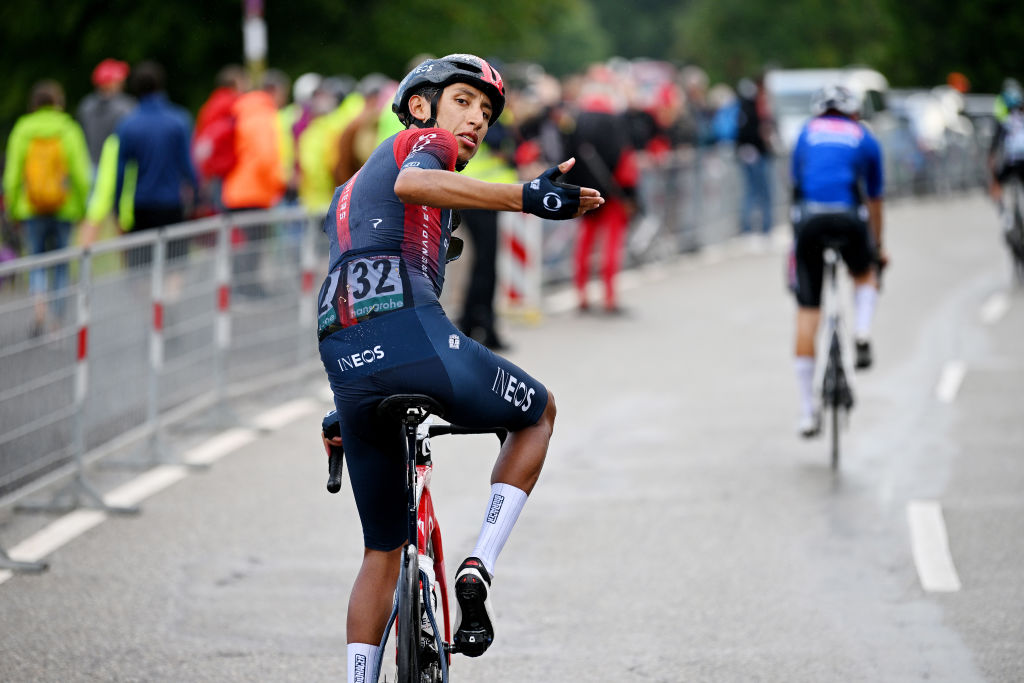
Julian Alaphilippe looks for revenge
Soudal-QuickStep manager Patrick Lefevere is not much given to subtlety. His team may increasingly be built around Evenepoel, but he still demands bang for his buck from all the team’s galacticos. Two-time world champion Julian Alaphilippe had a maddening 2022, with crashes and illness blighting him at every turn, but his manager focused on the bottom line when he spoke with La Dernière Heure over the winter. “Julian has a salary of a champion, but he needs to confirm that he is still a champion,” Lefevere said. “I want him to bounce back.”
Alaphilippe wants the same thing, of course, and he is set to take on a particularly busy Spring schedule, with both the cobbled Classics and the Ardennes on the menu. His return to the Flemish races, in particular, is of particular interest, as QuickStep, so long the standard in late March and early April, were a shadow of their former selves in his absence last Spring.
At his best, like at the Imola and Leuven World Championships, Alaphilippe can travel to places few others can follow and, even amid the ordeals of 2022, he still produced some flickers of inspiration. A thought to sustain him as 2023 begins.
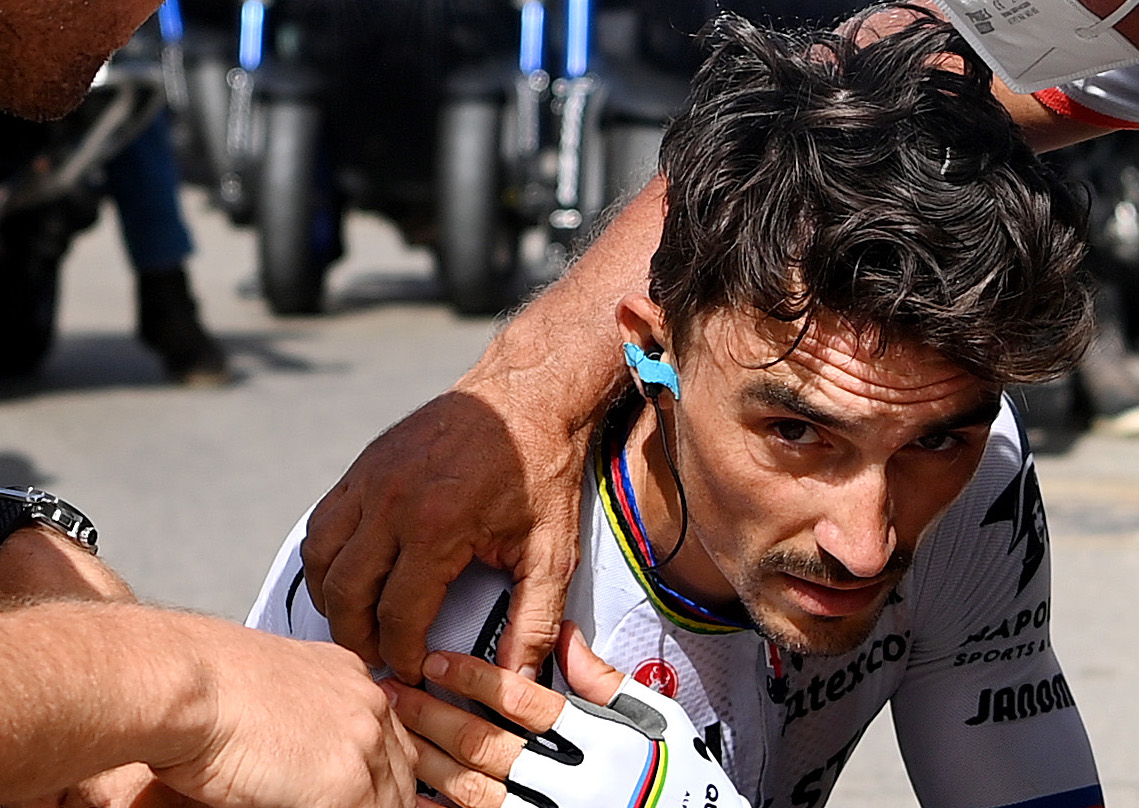
August World Championships changes complexion of season
The UCI’s first multi-disciplinary World Championships in Glasgow sees the road race shift to a novel – and one-off – early August date. The men’s road race takes place on August 6, just two weeks after the end of the Tour de France, which makes for a significant alteration to the configuration of the season.
The most obvious change is that the Worlds will surely favour riders coming out of the Tour on form, much like recent editions of the Olympic Games. Pogačar, for instance, has already spoken of his interest in targeting the Glasgow Worlds, while Van Aert has, for now at least, ruled out chasing the green jersey in order to spare himself for a tilt at the rainbow bands a fortnight later.
The August Worlds also leaves something of a gap in the latter part of the year. Since the UCI’s last major calendar reform in 1995, the Vuelta a España has doubled for some as a preparation race for the Worlds, while newer additions like the GP de Québec and Montréal were almost akin to dress rehearsals for the main event. It seems unlikely, mind, that the change in Worlds date will dilute the fields in Canada or Spain in any meaningful way. As last season’s fraught WorldTour relegation battle demonstrated, every WorldTour point counts. In 2023, there is no such thing as a preparation race.
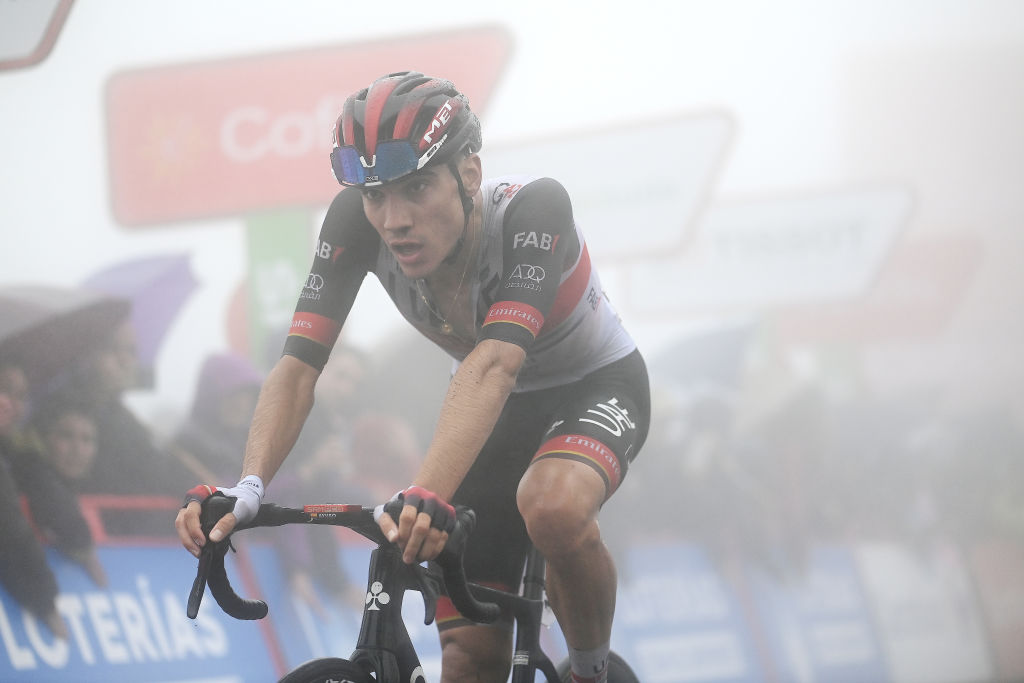
Ayuso and the next generation take flight
Pogačar is still eligible for the best young rider competition at the 2023 Tour, where a fourth white jersey would see him surpass the record he shares with Jan Ullrich and Andy Schleck, but the next generation has already made its mark at the highest level, a trend that seems destined to continue in the new season. Cycling, as Pogačar and Evenepoel began suggesting in 2019, is increasingly a young man’s game.
Among those young men in a hurry is Pogačar’s UAE Team Emirates companion Juan Ayuso, who was still a few days shy of his 20th birthday when he placed third overall at last year’s Vuelta. The Spaniard will return to the race with realistic designs on overall victory in 2023 – though one wonders if his ability will yet see him drafted into the Tour team alongside Pogačar.
Ayuso’s near contemporary Carlos Rodriguez, seventh at the Vuelta, has singled himself out as an Ineos Grand Tour leader in waiting, as has new arrival Thymen Arensman, a relative veteran at 23. Other emerging talents to watch include Magnus Sheffield (Ineos), fast man Arnaud De Lie (Lotto Soudal) and Cian Uijtdebroeks (Bora-Hansgrohe), who so impressed in winning last year’s Tour de l’Avenir. The future comes around increasingly quickly these days. Expect the Belgian to make significant strides in 2023.
Hindley and Vine take on new challenges
Jai Hindley’s victory at the 2022 Giro confirmed what his break-out display in the same race two years earlier had already suggested. The Australian and his Bora-Hansgrohe squad raced smartly throughout the Giro, picking and choosing their moments to strike. In outlasting Richard Carapaz to claim the maglia rosa on the Marmolada on the penultimate day, Hindley proved that his powers of endurance are among the most redoubtable in the entire peloton.
In 2023, Hindley will eschew the Giro in favour of making his Tour de France debut. With just 22km of time trialling on the menu in July, he could hardly have hoped for a more amenable route. Pogačar and Vingegaard were in a race of their own last year, but Hindley is among the select cohort of riders looking to break up their duopoly. It will be fascinating to see just how far he can go.
Hindley’s compatriot Jay Vine, meanwhile, is also broadening his horizons in 2022, swapping Alpecin-Deceuninck for UAE Team Emirates. He is pencilled in for a Giro d’Italia debut and, after his sparkling mountaintop victories at last year’s Vuelta, he will be the man to watch when the road climbs in Italy. Vine insists that he has designs only on stage wins and the mountains jersey, but his relative inexperience at this level suggests there is ample margin for improvement – and no obvious ceiling on his future GC ambitions beyond 2023.
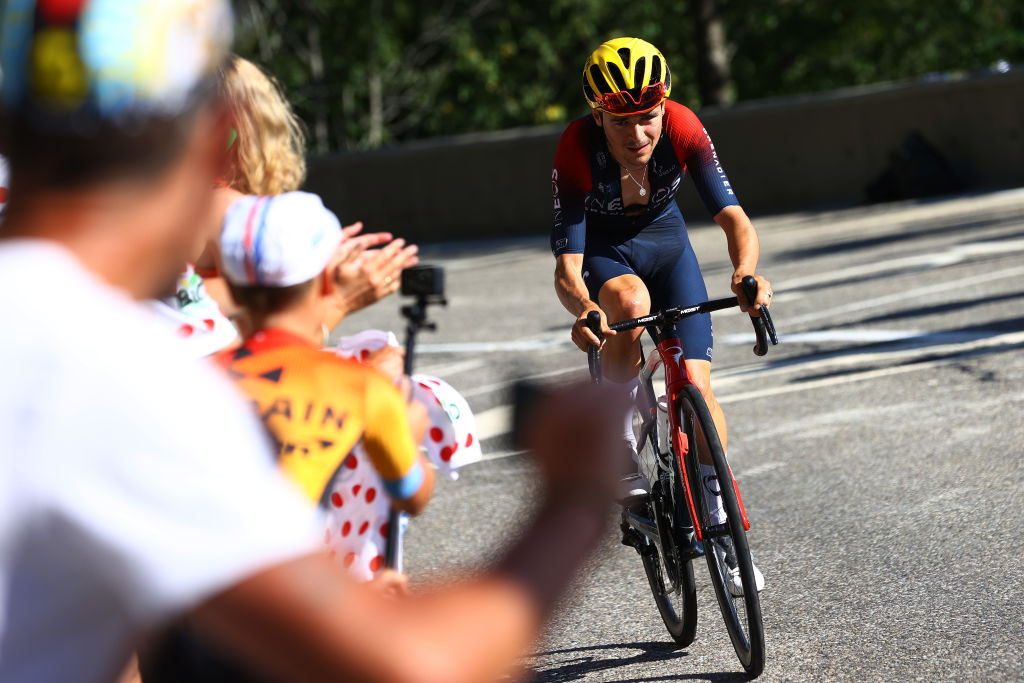
Tom Pidcock’s abundance of choice
The era of specialisation may be over, but riders of Tom Pidcock’s dexterity still have to make difficult choices. The reigning cyclocross world champion confirmed this weekend that he will not defend his title in Hoogerheide next month, preferring instead to prepare carefully for a Classics campaign that will see him tackle Strade Bianche, the Tour of Flanders and the Ardennes Classics.
A recurring illness limited Pidcock last Spring, even if he still placed third in an especially high-octane edition of Dwars door Vlaanderen. If he gets a clear run this time around, just about anything is possible between Strade Bianche and Liège-Bastogne-Liège.
Pidcock will then turn his attention towards the Tour de France, but it’s not yet clear in which guise. With Thomas riding the Giro and Bernal’s form uncertain, Pidcock – 16th overall on his debut last July – is a potential GC leader for Ineos, even if the man himself is unsure whether this is necessarily the year. “One day I want to try and win the Tour,” Pidcock told Cyclingnews in October. “Whether I'm good enough next year, I don't know.” Either way, it will be one of the stories of the season.
Cavendish and the sprinters take aim at the Tour
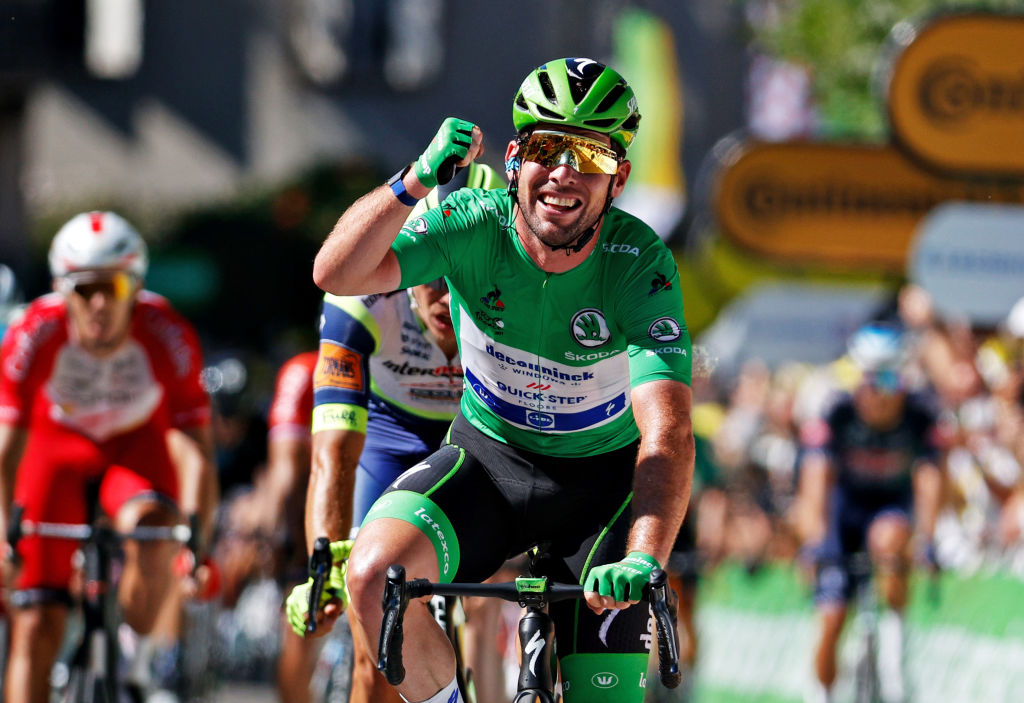
Last year’s Tour marked something of a modern nadir for the fastmen, with just four stages being decided by bunch sprints. Despite the succession of mountain ranges on this year’s route, the lie of the land looks rather more amenable this time around, with Mark Cavendish reckoning there to be “seven or eight” opportunities for riders like himself in July.
The pure sprinter may feel increasingly like an endangered species in modern cycling, but several teams have already pencilled their fast men in for selection in July, with Sam Bennett (Bora-Hansgrohe), Dylan Groenewegen (Jayco-Alula), Jasper Philipsen (Alpecin-Deceuninck), Caleb Ewan (Lotto-Dstny) and Biniam Girmay (Intermarché-Wanty-Gobert) all set to ride. Fabio Jakobsen, arguably the man with the most rapid turn of pace in the bunch, will surely be on hand for Soudal-QuickStep, while Arnaud Démare will hope to persuade Groupama-FDJ to give him another tilt at the race.
Most early intrigue, meanwhile, will focus on Cavendish’s own path to the Tour. The Manxman has yet to announce his 2023 team, but he has been in talks with Astana-Qazaqstan in recent weeks, with the move expected to be confirmed shortly. The 37-year-old already jointly holds the record for Tour stage wins (34), but his desire to surpass Eddy Merckx and claim the mark as his own appears obvious.

Barry Ryan was Head of Features at Cyclingnews. He has covered professional cycling since 2010, reporting from the Tour de France, Giro d’Italia and events from Argentina to Japan. His writing has appeared in The Independent, Procycling and Cycling Plus. He is the author of The Ascent: Sean Kelly, Stephen Roche and the Rise of Irish Cycling’s Golden Generation, published by Gill Books.